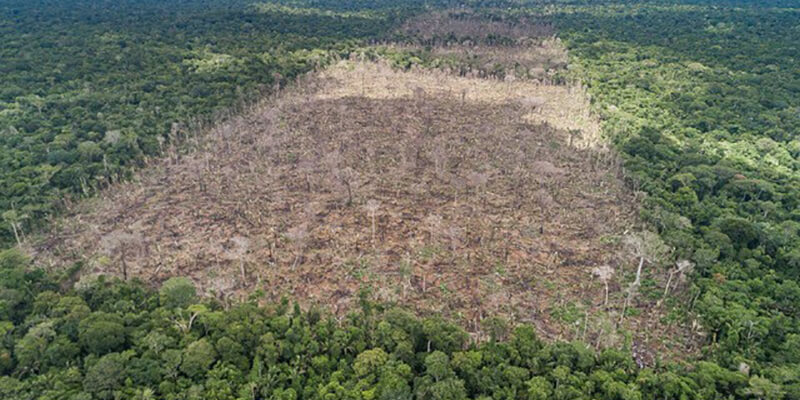Free Courses Sale ends Soon, Get It Now


Free Courses Sale ends Soon, Get It Now



Copyright infringement is not intended
Context: According to a new study, more than 75% of Amazon rainforest near tipping point since the early 2000s and may transform into dry savanna.
The researchers used satellite data and statistical tools to arrive at these findings:
Rainforest vs Savanna:
What is tipping point?
The Amazon basin:
Amazon’s forest ecological importance:
What can be done?
https://www.downtoearth.org.in/news/climate-change/more-than-75-of-amazon-rainforest-near-tipping-point-may-transform-into-dry-savanna-study-81876
© 2024 iasgyan. All right reserved